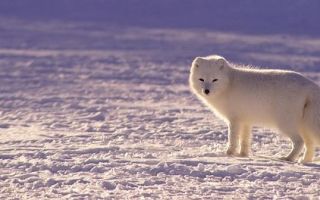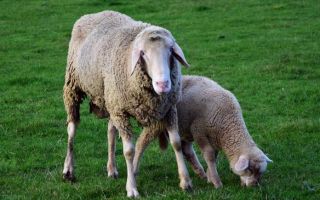Worms and parasites
The articles describe all types of organisms that parasitize the human body and cause harm to health.










The articles describe all types of organisms that parasitize the human body and cause harm to health.